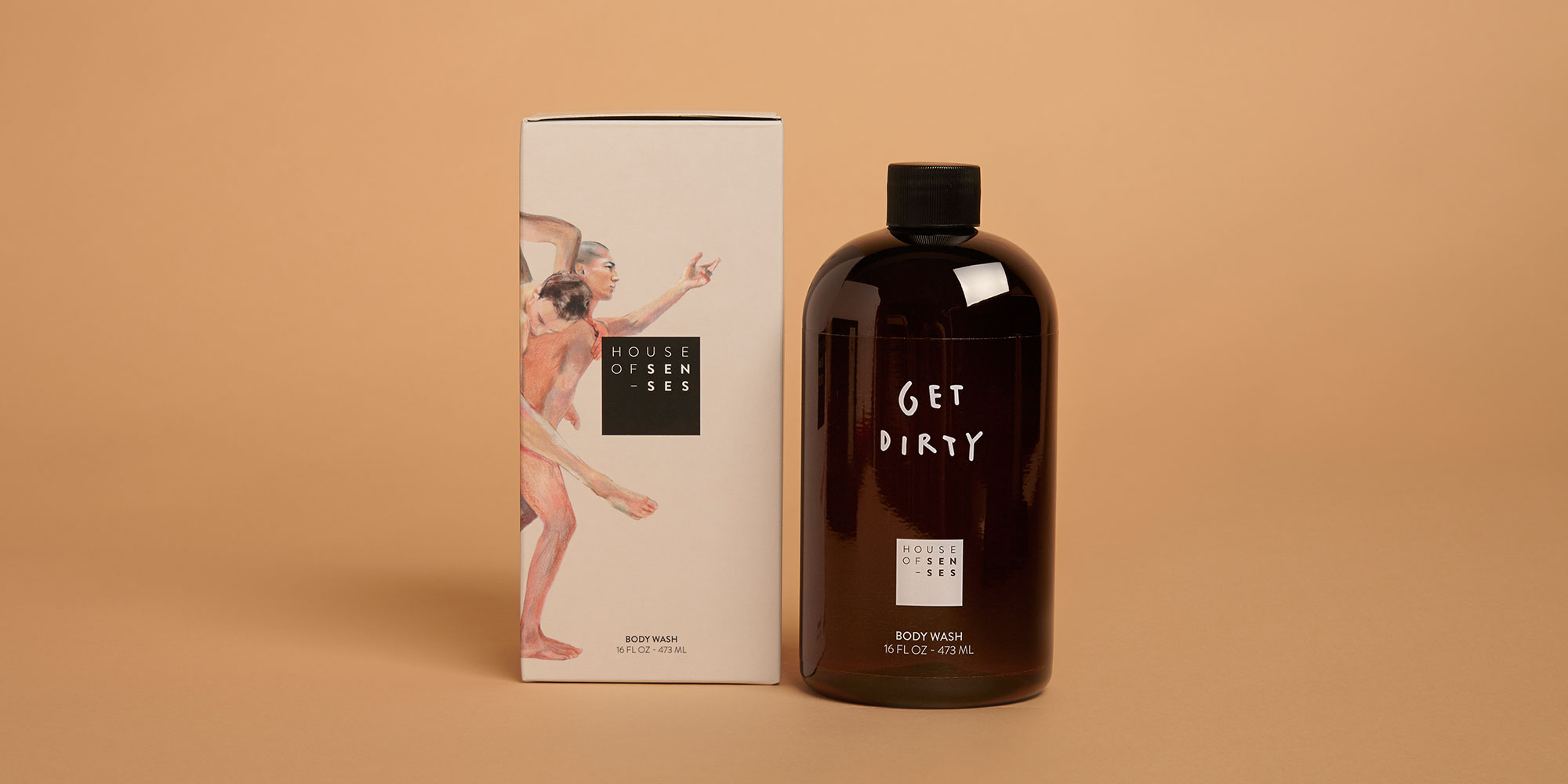Body Wash Ingredients
Everything in itBody Wash Ingredients
Type & click enter

Aqua (Deionized Water)
Deionized water, also known as demineralized or deionized water, is water in which its mineral ions have been removed, such as cations from sodium, iron, calcium, copper and anions such as bromide and chloride. Deionization is a physical process that uses specially-manufactured ion exchange resins that bind to and filter out the mineral salts from water. As the majority of impurities found in water are dissolved salts, deionization produces a high purity water that is similar to distilled water.
Sodium Laureth Sulfate
Sodium Laureth Sulfate is a very effective foaming agent. It is used primarily as a cleansing agent and is considered gentle and efficient as typically used in cosmetics products. Sodium laureth sulfate is a surfactant or surface active agent. All surfactants are partially oil-soluble and partially water-soluble. Due to that fact, oil and water, which usually don’t mix, become dispersed.
When Sodium Laureth Sulfate is used at above minimum concentration, the surfactant molecules become organized in a structure that can capture oil-based dirt from the skin, allowing the dirt to be rinsed away. Although foam is not responsible for removing dirt, it allows the hands to work the product through the skin. This action helps the mechanical removal of dirt.
Sodium Lauryl Sulfate (SLS)
Sodium Lauryl Sulfate (SLS) is a widely used ingredient found in many mainstream personal hygiene products. It is obtained by the catalytic reduction of the fatty acids in coconut oil. SLS is a detergent and surfactant, it breaks surface tension and separates molecules to allow better interaction between the product and your skin, creating a thick, creamy foam that makes the products a more effective cleaner.
Disodium Oleamido
Disodium Oleamido MEA Sulfosuccinate is a very mild surfactant to both skin and eyes. When formulated with alkyl sulfates, alkyl ether sulfates, and other high foaming surfactants, it will reduce irritation. It is compatible with amphoteric, anionic, and nonionic surfactants. Disodium Oleamido MEA is suitable for use in baby shampoos, bubble baths, and other low irritation products.
Cocamide MEA
Cocamide MEA is a mixture of fatty acids derived from coconut oil. This ingredient functions as a surfactant, foam booster, and an aqueous viscosity-increasing agent. Cocamide MEA has a pale yellow to clear amber color and may even be seen as partially solid in the form of flakes. It can also be called, coco, coco fatty acid amide, coconut fatty acid monoethanolamide, amides, and other industrial names.
Cocamide MEA supports the action of the primary surfactants in any foaming product. Since Cocamide MEA is derived from coconuts, it is seen as an ingredient that can make hair shinier, healthier, thicker, and more manageable. It can even be an effective component in the treatment of some hair conditions like scalp itching, dandruff, and the thinning of the hair.
Cocamidopropyl Betaine
Cocamidopropyl betaine (CAPB) is an organic compound derived from coconut oil and dimethylaminopropylamine. CAPB is available as a viscous pale yellow solution that is used as a surfactant in personal care and cosmetic products. Its name reflects that the major part of the molecule, the lauric acid group, is obtained from coconut oil.
Sodium Chloride
Sodium Chloride is simply known as salt. Salt is astringent, stimulating, cleansing and antiseptic. It is emollient for the skin and hydrates it when used in moderation. All minerals maintain the essential water balance for healthy life processes, stabilizing the pH levels of the blood and lymphatic system. Minerals neutralize dirt and prepare it for elimination.
Cleansing the skin with soaps containing salt is an excellent way to benefit from this mineral content. The formula degreases the skin, removing dead skin cells and dirt. It does this without stripping too much natural oil and leaves the skin soft and comfortable.
Sodium Hydroxide
Sodium Hydroxide is a white, crystalline substance, which is soluble in water. It is an inorganic compound also known as lye and caustic soda. It is used extensively in soap, paper, and fabric production.
Tetrasodium ETDA
Tetrasodium ETDA (stands for ethylenediaminetetraacetic acid) is a water-soluble ingredient used as a “chelator.” It binds to various mineral ions to inactivate them. Through this action, it can prevent the deterioration of cosmetic and personal care products as it stops the growth of mold and some other microorganisms. Tetrasodium EDTA also helps maintain clarity, protects fragrance compounds, and prevents rancidity. One of its primary uses it to help personal care products work better in hard water.
Citric acid
Citric acid is a simple organic tribasic acid that occurs naturally in citrus fruits. In biochemistry, it is an intermediate in the citric acid cycle, which occurs in the metabolism of all aerobic organisms.
Citric acid exists in greater concentration in a variety of fruits and vegetables. Limes and lemons have particularly high concentrations of the acid; constituting as much as 8% of the dry weight of these fruits. It is commonly used as a white crystalline powder, which is odorless and tastes very acidic.
Citric acid is an alpha hydroxy acid widely used as a pH adjusting agent in personal care products. In this role, it is classified in most jurisdictions as a processing aid and normally does not need to be listed on ingredient lists.
Parfum
Parfum (Fragrance) is a mixture of fragrant essential oils or aroma compounds, solvents and fixatives, used to give a pleasant scent.
Ancient texts and archeological excavations show the use of perfumes in some of the first human civilizations. In the XIX century, modern perfumery began with the commercial synthesis of aroma compounds, which allowed for the composition of perfumes with previously unattainable smells from natural aromatics alone.
Synthetic perfumes last longer than natural fragrances, which fade quickly due to a lack of non-synthetic fixatives. Those fixatives not only give perfume its staying power but also help to release a scent slowly over time, providing greater complexity and richness than virtually any aroma found in nature.
DMDM Hydantoin
DMDM hydantoin is an antimicrobial formaldehyde releaser preservative. DMDM hydantoin is an organic compound belonging to the hydantoins’ class. It increases the shelf-life of personal care products by “releasing” formaldehyde and thus killing bacteria. This keeps cosmetics sanitary and prevents illness due to infections.


